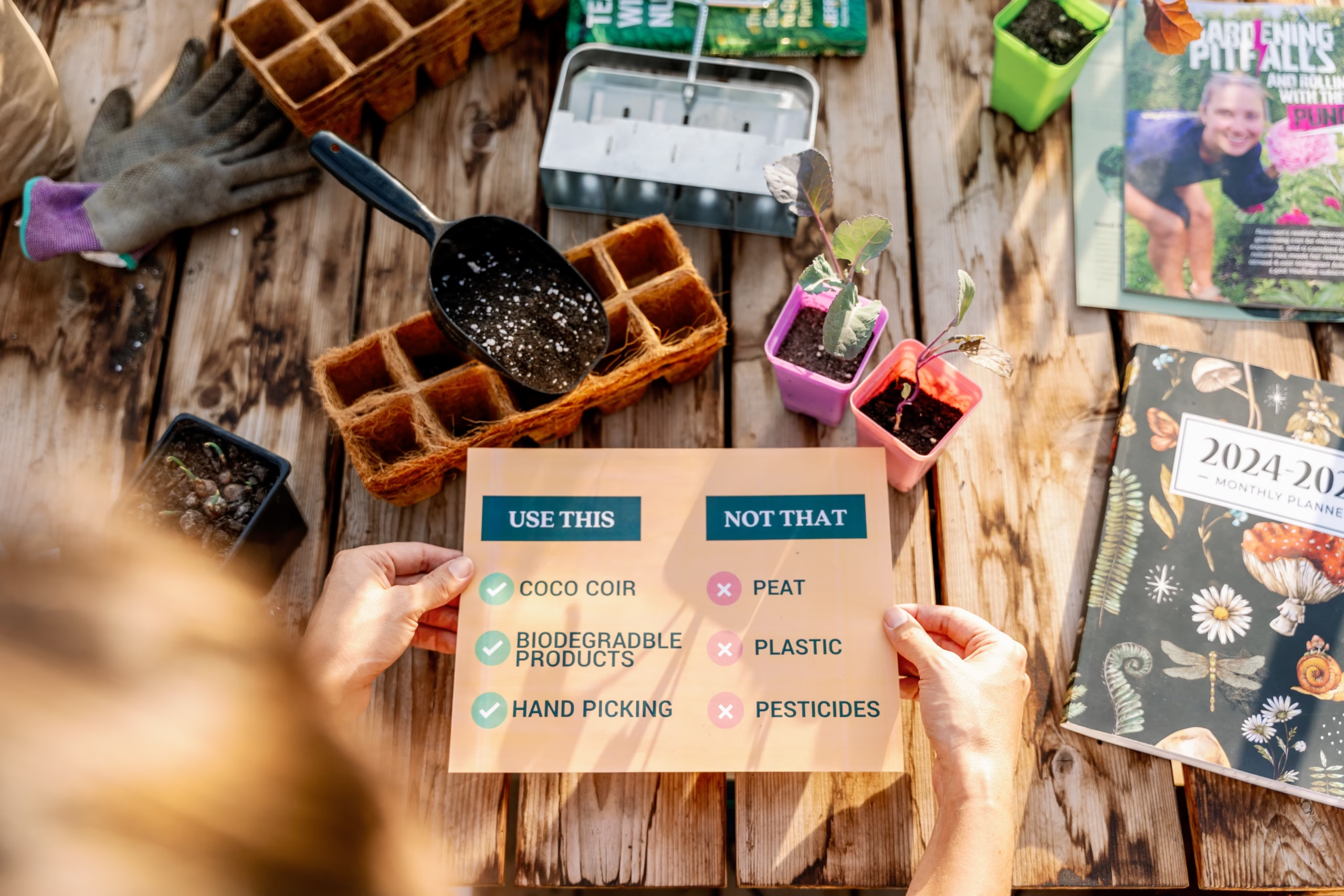
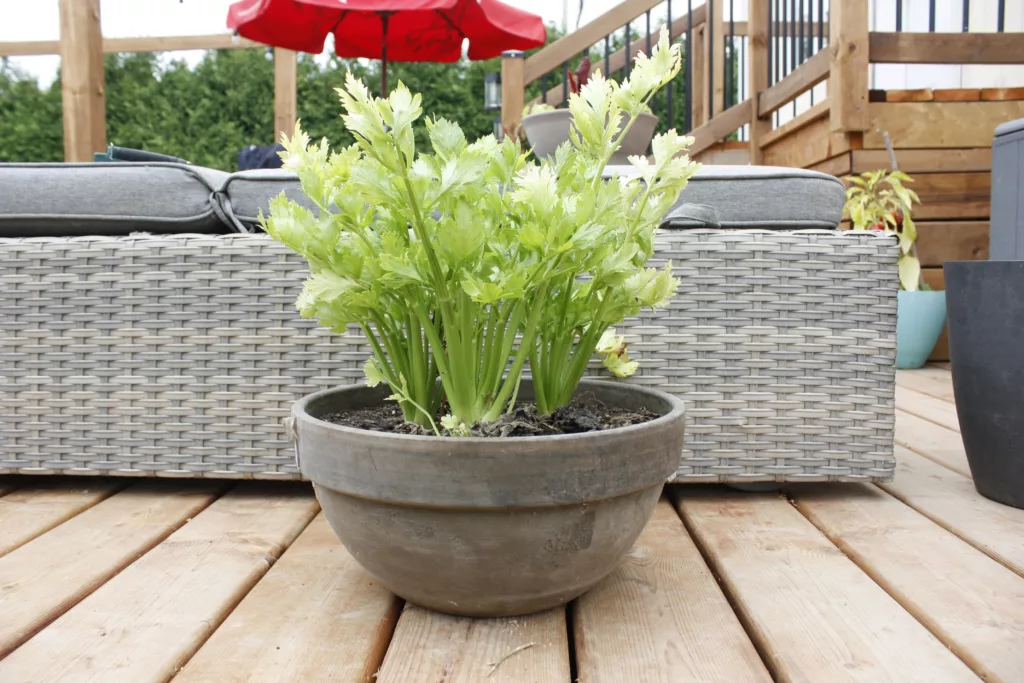
Here in Canada, it’s no secret that the housing market is out of control. Housing prices are increasing at rates far beyond that of salaries, leaving many Canadians without the opportunity to own a home. And for many, it means renting or purchasing a condo or townhome with a small backyard or outdoor space. Although these spaces are smaller than a conventional backyard, it’s still possible to grow your own garden, and today I wanted to teach you some tips and tricks on how to grow food, herbs or flowers in a small space (both indoors and outdoors).
It’s absolutely possible to grow in small spaces with the right equipment and the right varieties. Even if you only have an indoor space to grow in, it’s possible. Regardless of your growing space, it’s important to experiment to see what works, and what doesn’t. There are many beautiful gardens that you can see online that are grown completely in pots, so let your imagination run wild. If you have a balcony you can grow a luscious herb garden, you can fill your balcony with native pollinators, or even a cut flower garden. Or you can go the route of including a wide assortment of vegetables on your balcony garden. It’s much easier to grow a garden if you have a balcony, however if you don’t have one, I’ll give you the right tools to grow indoors successfully!
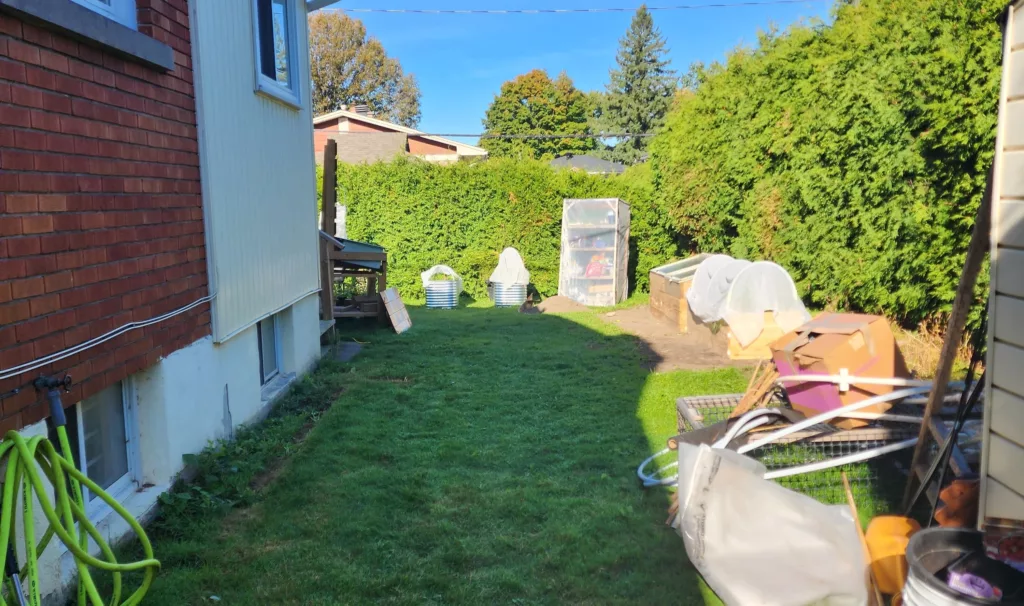
If you are only growing indoors, and don’t have a good window to grow in, this step can be skipped as you will be relying on artificial light for your plants. Hop to the next section which is all about LED lighting. But if you plan to grow on a windowsill, continue to read this section!
If you grow near a window, or on a balcony, it’s important to know which direction your window or balcony faces (for example north, south, east or west). North facing windows and balconies get the least amount of light, so this is why it’s important to know your direction. Once you learn which direction your growing space faces, it’s important to document where the direct light lands, and for how long. The best way to document this is to pick a sunny day in late spring and take a picture of the space you want to grow in. Set an alarm on your phone for every hour and take a photo, label it with the time and save it until the end of the day. Then you can easily go back through your photos and see where the light lands, and for how long. From there you can find the best place for your plants.
With this information you’ll know what plants you can grow (ie full sun or part shade), and if you need to add in any supplemental lighting.
The selection of LED grow lights has continued to progress which means there are so many ways you can add supplemental light to your home, for a low cost. Regardless of if your windows face north, or you get light from the sun, LED lights can help your garden grow stronger.
There are many types available, from lightbulbs in a lamp (under $10), to floor height lights (under $50), to adjustable table lamps (under $30). The wide selection of options means there’s something that can fit your needs and budget, and don’t cost a lot of money to operate.
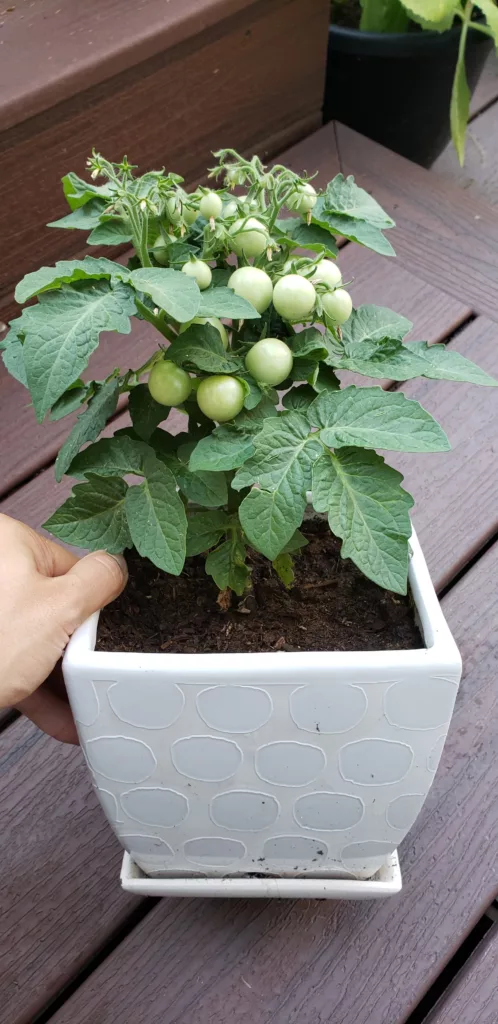
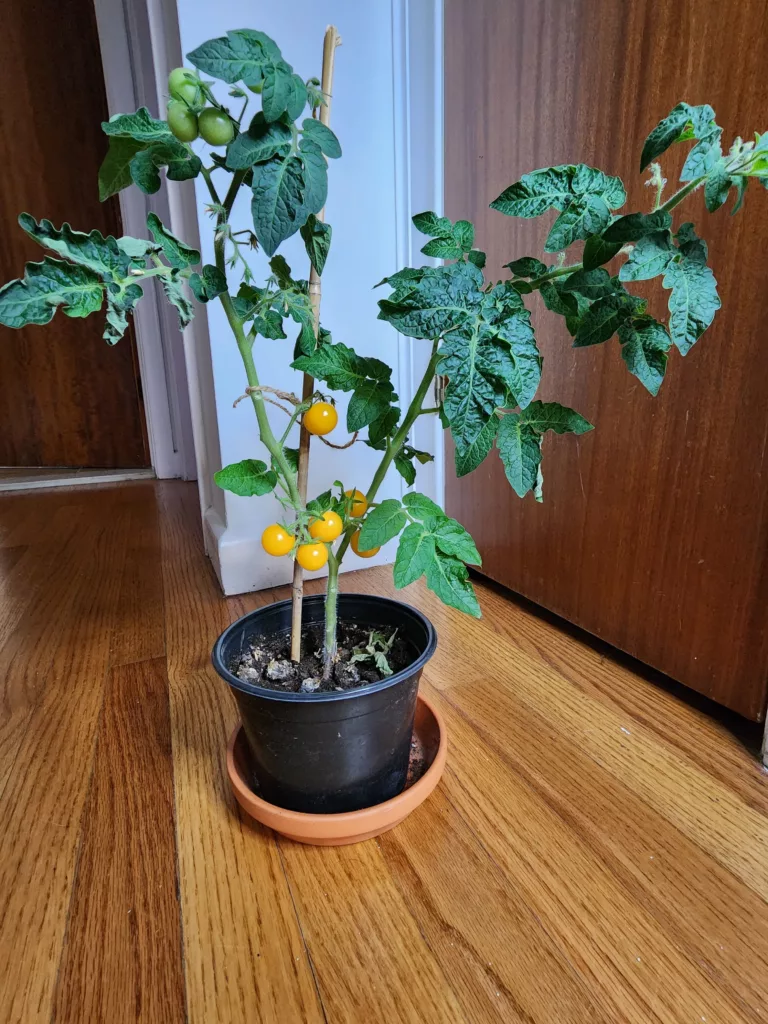
Some plants are better suited to growing in pots than others, so it’s important to know these different options. Additionally, your space will determine what size pots you can grow in. If you have a large balcony or growing space, you can grow in larger pots. This means you can grow pretty well anything you want. If your space is limited, you’ll want to choose plants that don’t require as much space or can be grown in smaller pots.
Whether you have a balcony or plan to grow indoors, looking for varieties that are described as “balcony” varieties are a good indicator of if they can be grown in pots. Micro-tomatoes (pictured above) are a good example of this. They are small, determinate tomatoes that only grow to a certain (often small) size but will give you fruit.
Other plants that do well in pots, regardless of the pot size size, include herbs such as basil, parsley, cilantro or mint. Leafy greens such as spinach, lettuce, kale, or Swiss chard can also be grown in pots. If you have a larger space, you can even grow potatoes in a pot.
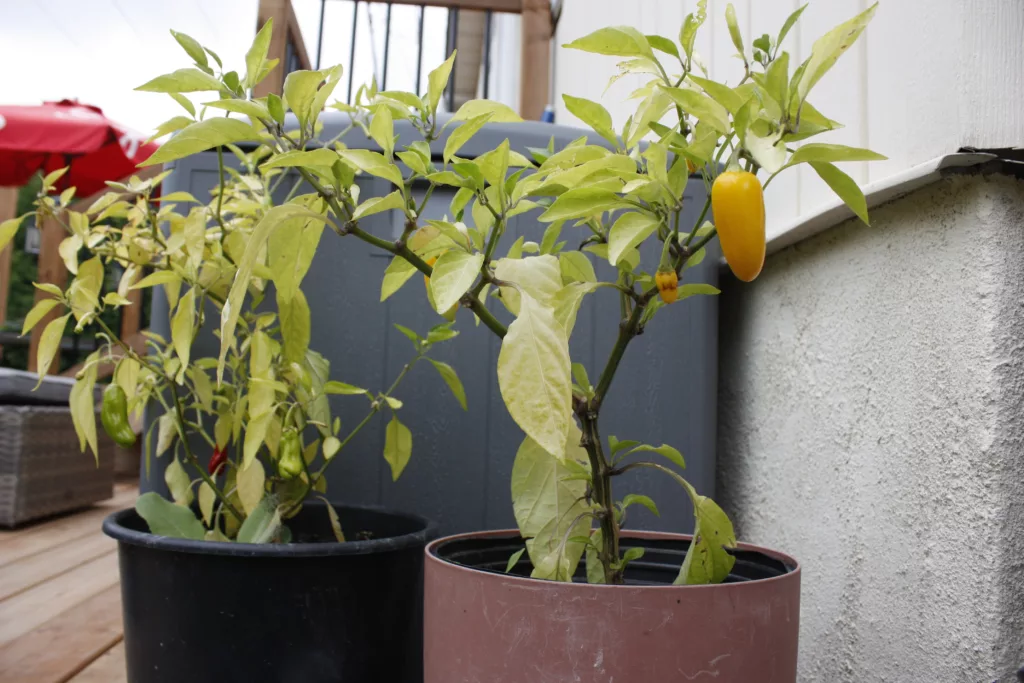
Growing in pots is different than growing in the ground because the soil in the pot is isolated, which means that the amount of nutrients and biodiversity is limited and needs to be replenished. This is why it’s important to create a regular feeding schedule for your plants, and to understand the nutrients required for the plants that you’re growing (for example, leafy greens prefer more nitrogen vs tomatoes that need more potassium and phosphorous).
Depending on if your plants are being grown indoors or outdoors, you’ll want to set a watering schedule that works for your plants. Some plants require more moisture than others so it’s important to know what they like. Also, if it’s raining often and you grow in plastic pots you’ll have to adjust how you water.
The benefit of growing in pots is that you can move them with the sun. As the sun moves along your balcony or window ledge you can move the plants with the sun, allowing them to get more exposure.
Finally, plants will grow according to the size of the pot. If your pot is too small, your plant will grow smaller than if they are grown in a larger one, which can potentially affect your harvest. Therefore, choosing the correct pot size for the plants you wish to grow is very important.
Along with the growth in LED grow light technology, hydroponics is becoming more mainstream as well. There are quite a few compact, easy to use hydroponic systems on the market that come with built in lights and allow you to grow on your kitchen counter, or on a coffee table. However, at the time of this writing, many hydroponic systems are quite expensive, and are limited in how much you can grow. I currently don’t grow using hydroponics (but do hope to get into it one day) so I can’t give a recommendation on a product that’s good, however I do want to share a few options that are currently on the market. Some examples include: Click and Grow (around $200), Plantaform (around $800)
or Nutraponics (from $400-$800).
One important factor to think about is – what will you do with your plants in the winter? If you grow annuals, then the only thing you need to figure out is where to store the pots so that they aren’t damaged by winter weather. However, if you’re growing perennials you’ll have to make sure you have the space to store them over winter so that they can survive until next year.
The general rule of thumb is if you leave a perennial pot out in winter, it needs to be hardy to two zones colder than your zone. For example, if you grow in a zone 5, your plant has to be hardy to zone 3 in order for it to survive outdoors in a pot.
If you plan to leave your pots outside, keep them warm by mulching them thickly and putting them in a protected area (near a wall or under cover). There’s a super interesting YouTube channel where a man grows tropical plants in his front yard in Canada zone 5B and has been doing it for years. I recommend checking out his channel for how he protects his plants during Canadian winters to help you find ways to protect your plants if you aren’t able to bring them indoors. He has two videos from a few years back that might give you some insights!
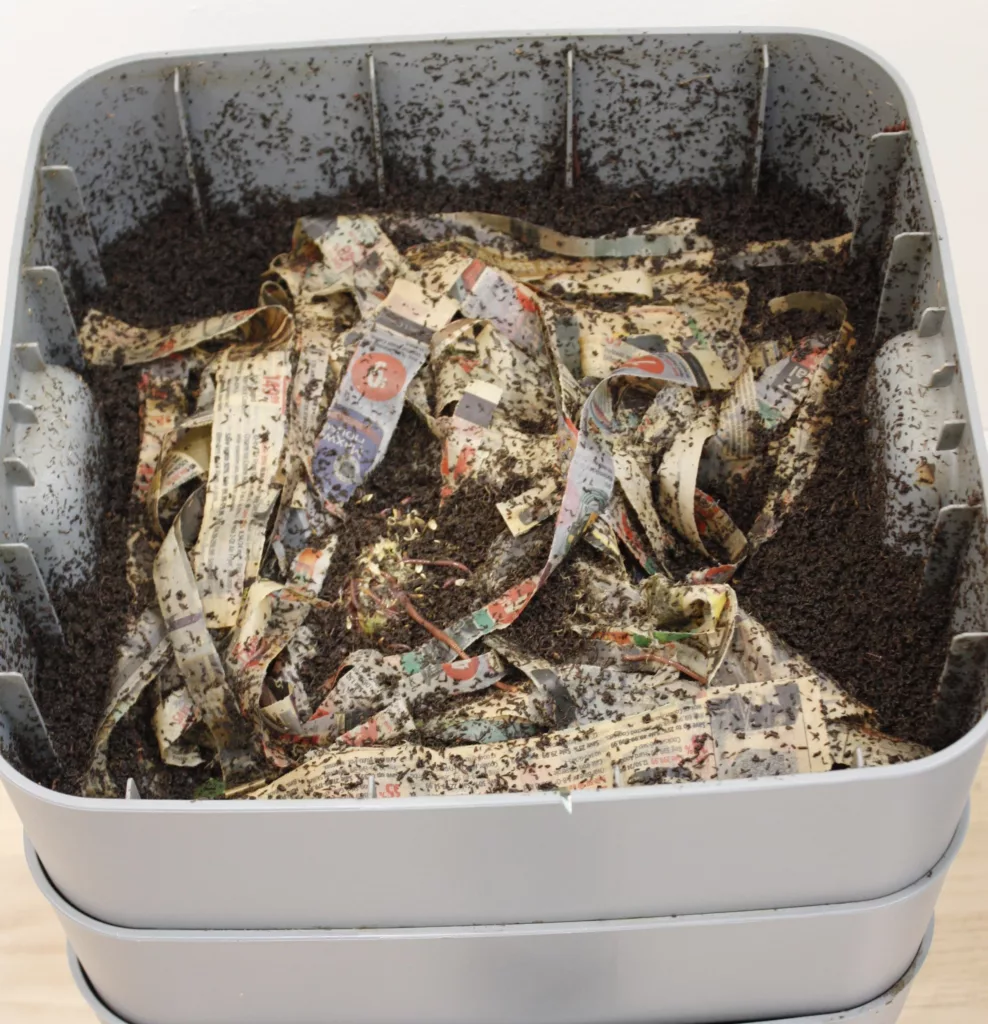
The final tool that’s helpful for growing indoors or on a balcony is to have a composter of some kind. This allows you to create your own soil or fertilizer to help you grow healthier plants, while using up your green waste in your home.
Two options that are good for apartments, condos or other small spaces are worm bins, or a counter composter. Both options come with pros and cons so it’s important to weigh your options, however adding at least one of these to your home is helpful to grow healthier plants. However, if you grow hydroponically, you don’t need either of these options.
Worm bins are more affordable and will produce soil for you in the form of worm castings, however they can take up to a year to create soil to harvest. Counter composters will take your kitchen scraps and dehydrate them into a powder which you can use to fertilize your plants, however they’re expensive and will produce more fertilizer powder than you need.
I hope you found this article helpful and are on your way to making a small but productive garden for your space.
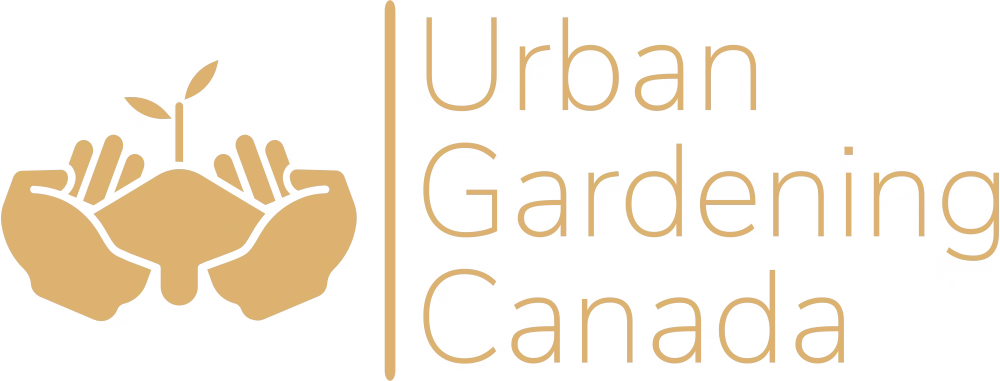
Gardening Advice for Short Season Gardeners
Privacy Policy • Terms and Conditions
© 2025 by Urban Gardening Canada